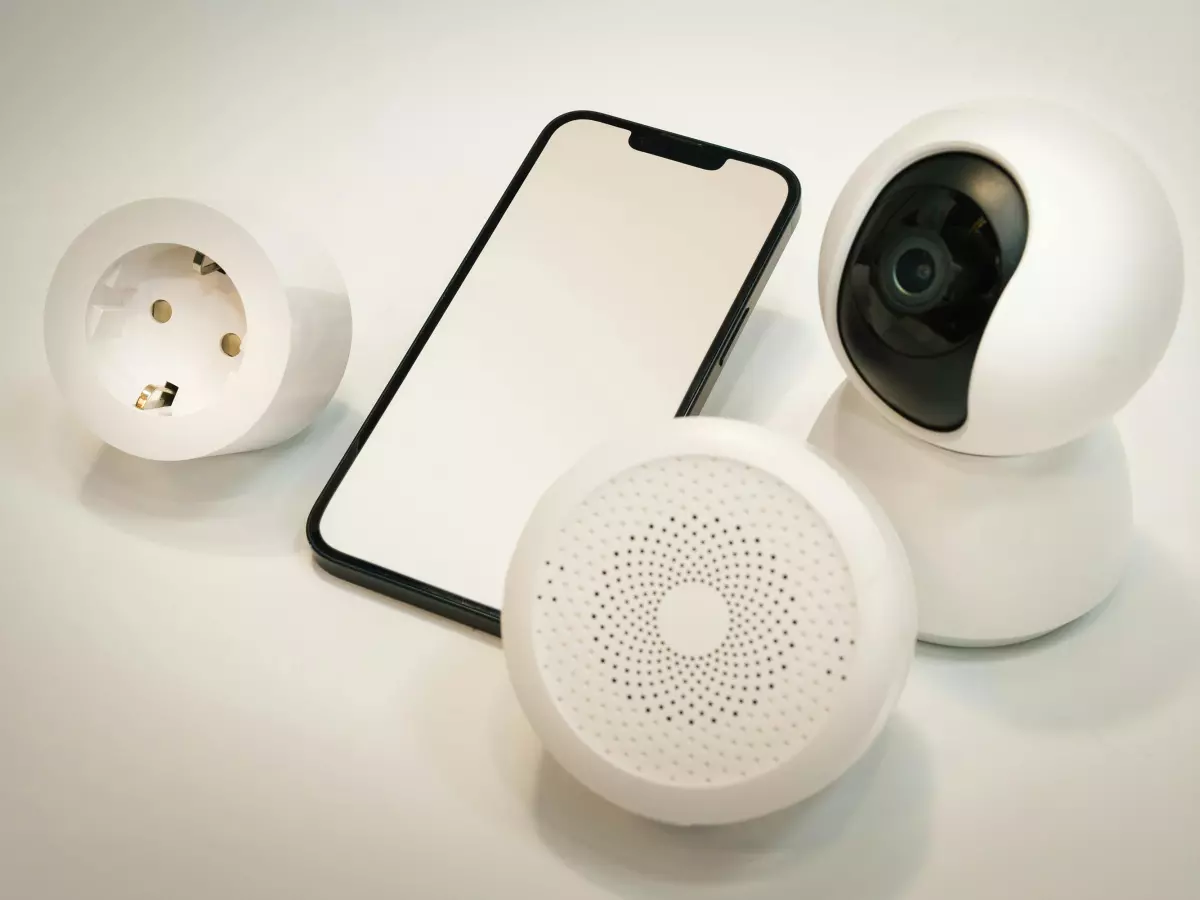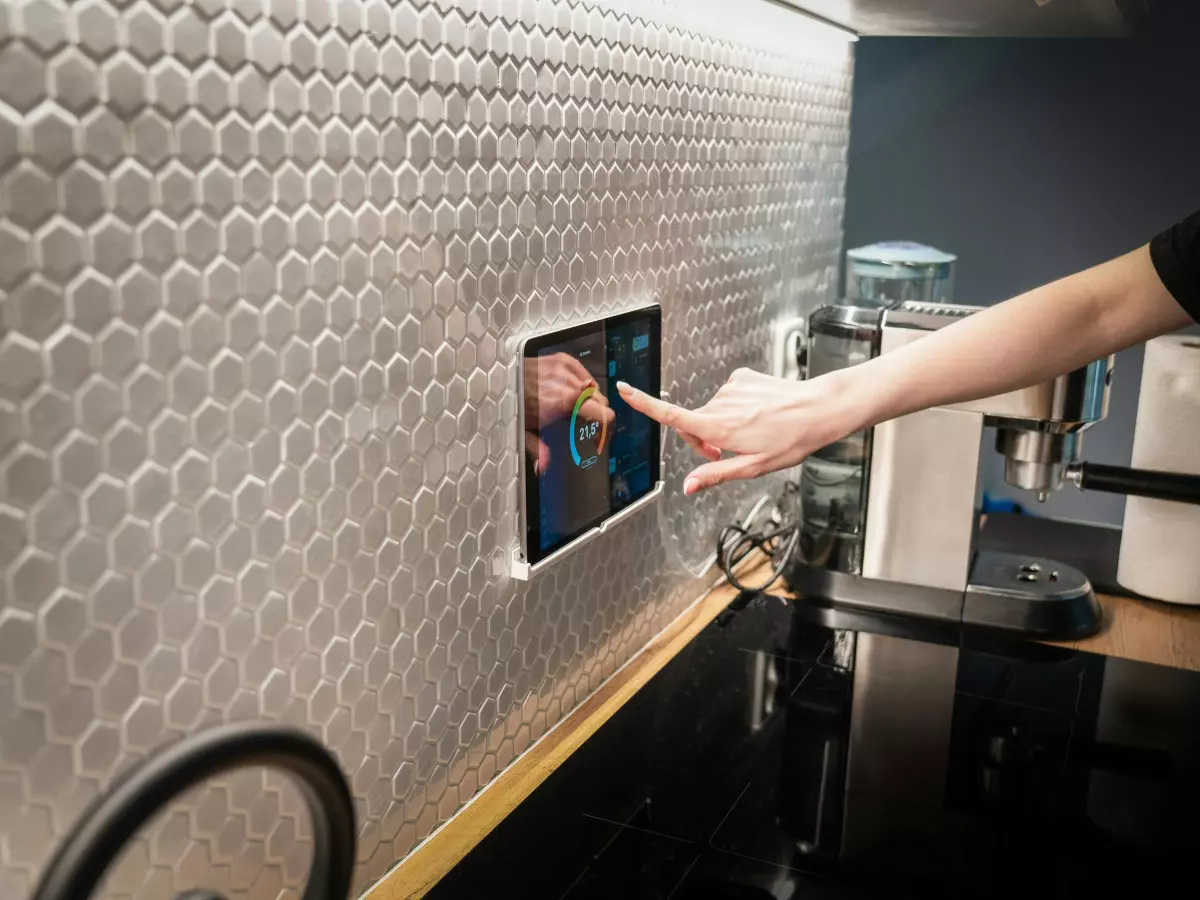Pairing Pains
Pairing smart home devices is like trying to teach a cat to fetch—sometimes it works, but often it’s a frustrating exercise in patience. The process seems simple: press a button, wait for a beep, and voilà, your device should be connected. But in reality, it’s more like a game of hide-and-seek where your smart devices are the ones hiding, and you’re left seeking answers.

By Nina Schmidt
Let’s face it, pairing smart home devices can feel like a tech-savvy version of a Rubik’s cube. You twist, turn, and try every combination, but nothing seems to line up. Why is it so hard to get your smart lightbulb to talk to your smart speaker? Why does your thermostat refuse to acknowledge your smart hub? It’s not just you—this is a widespread issue that stems from a mix of complex protocols, competing standards, and, yes, some good old-fashioned tech quirks.
First, let’s talk about the elephant in the room: protocols. Every smart home device speaks its own language, and not all devices are multilingual. Zigbee, Z-Wave, Wi-Fi, Bluetooth—these are just a few of the communication protocols that smart devices use. Each protocol has its own strengths and weaknesses, but the real problem arises when they try to communicate with each other. It’s like trying to have a conversation where one person speaks French, another speaks German, and yet another speaks Klingon. No wonder your devices are confused!
Protocol Chaos
Let’s break it down. Zigbee and Z-Wave are two of the most popular protocols for smart home devices, but they don’t play well together. Zigbee operates on the 2.4 GHz frequency, while Z-Wave uses a lower frequency (908 MHz in the U.S.). This difference in frequency can cause interference, especially if you have a lot of devices using the same spectrum. And while both protocols are designed for low-power, long-range communication, they require a hub to act as a translator between devices. If your hub isn’t compatible with both protocols, you’re out of luck.
Then there’s Wi-Fi, the protocol that most people are familiar with. It’s great for high-bandwidth devices like cameras and smart speakers, but it’s not ideal for low-power devices like sensors and lightbulbs. Wi-Fi also tends to hog bandwidth, which can lead to slower connections and, you guessed it, pairing issues. And don’t even get me started on Bluetooth. While it’s great for short-range communication, it’s notorious for its flaky connections and limited range. If your smart device is more than a few feet away from your phone or hub, good luck getting it to pair.
The Hub Dilemma
Another major culprit in the pairing struggle is the smart hub. Many smart home devices require a hub to act as a middleman between your devices and your home network. But not all hubs are created equal. Some hubs only support certain protocols, which means if you have a mix of Zigbee, Z-Wave, and Wi-Fi devices, you might need multiple hubs. And let’s be real—nobody wants to clutter their home with a bunch of different hubs just to get their devices to talk to each other.
Even if you have a hub that supports multiple protocols, there’s no guarantee that your devices will pair seamlessly. Some hubs require you to manually add each device, which can be a tedious process. Others have automatic pairing features, but these don’t always work as advertised. It’s like trying to set up a blind date between two people who don’t speak the same language—you can introduce them, but there’s no guarantee they’ll hit it off.
Interoperability Woes
One of the biggest challenges in the smart home world is interoperability. In an ideal world, all smart home devices would work together seamlessly, regardless of the brand or protocol. But we don’t live in that world—yet. The reality is that many smart home devices are designed to work within a specific ecosystem. For example, if you have a Google Nest Hub, it’s more likely to pair easily with other Google devices. The same goes for Amazon Alexa and Apple HomeKit. But if you try to mix and match devices from different ecosystems, you’re likely to run into pairing issues.
This lack of interoperability is a major pain point for consumers. Nobody wants to be locked into a single brand or ecosystem, but that’s often what happens when you start building a smart home. And while there are some efforts to create universal standards (hello, Matter), we’re still a long way from achieving true interoperability.
Security and Pairing
Another factor that complicates pairing is security. Many smart home devices use encryption to protect your data, which is great for privacy but can make pairing more difficult. For example, some devices require you to enter a PIN or scan a QR code to pair, which adds an extra layer of security but also an extra step in the pairing process. And if you lose the PIN or the QR code? Well, you’re in for a fun time trying to reset the device.
Additionally, some devices use two-factor authentication (2FA) for added security, which can further complicate the pairing process. While 2FA is essential for protecting your smart home from hackers, it can also be a headache when you’re trying to quickly pair a new device. It’s a classic case of security vs. convenience—sometimes you have to sacrifice one for the other.
So, What’s the Fix?
Unfortunately, there’s no one-size-fits-all solution to the smart home pairing problem. But there are a few things you can do to make the process a little less painful. First, try to stick to devices that use the same protocol. If you’re building a Zigbee-based smart home, for example, make sure all your devices are Zigbee-compatible. This will reduce the chances of pairing issues caused by protocol mismatches.
Second, invest in a good smart hub that supports multiple protocols. This will give you more flexibility when adding new devices to your smart home. And finally, be patient. Pairing smart home devices can be frustrating, but with a little persistence (and maybe a few choice words), you’ll get everything up and running eventually.
In the end, pairing smart home devices is a bit like assembling IKEA furniture. It’s not always easy, and sometimes you’re left with a few extra screws (or in this case, unpaired devices), but with the right tools and a little patience, you’ll get there.





